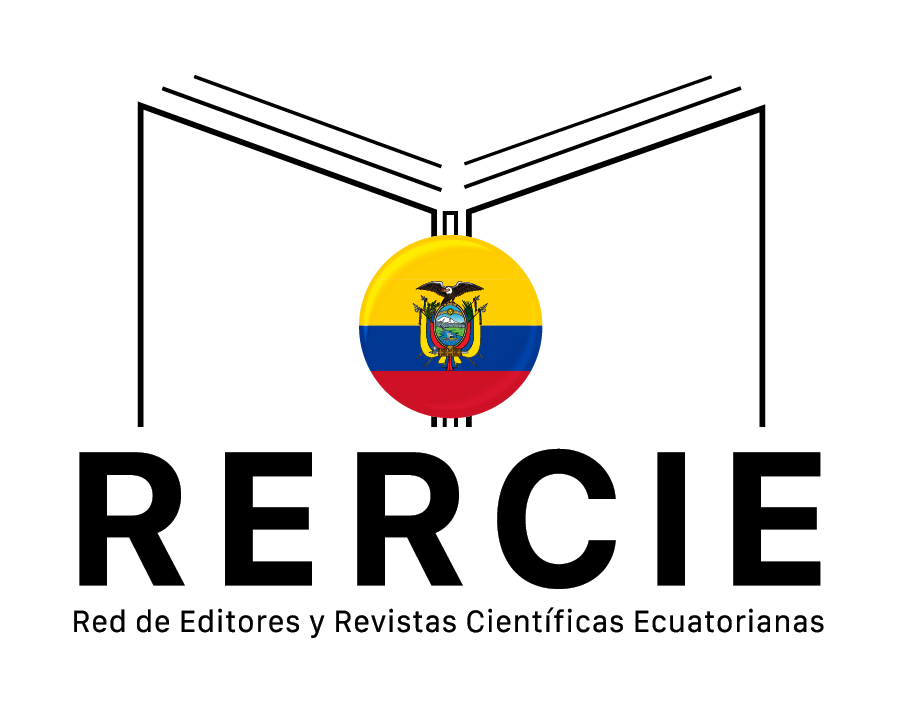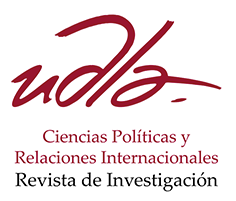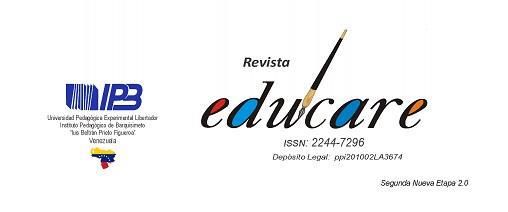LABOR CONTEXT IN ECUADOR IN THE 1930s: ACTIVE ECONOMIC POPULATION, LEGAL CONTEXT AND MINIMUM WAGES
DOI:
https://doi.org/10.37135/chk.002.19.11Palabras clave:
Ecuador, purchasing power, working conditions, minimum wageResumen
The article carries out an analysis of the labor context in Ecuador during the 1930s with the aim of contributing with new quantitative, legal and contextual information. This information is important as they add three essential elements to understand the work context: economically active population and purchasing power; legal context on labor conditions; and, a brief review on the implementation of the minimum wage. This analysis was carried out based on a historical-comparative and analytical method, taking into account three groups of workers, namely: workers in the public and industrial sector; workers in the interior and small industry; and, workers in rural sectors. Multiple legal benefits have been found for the first group, such as compensation for eviction, premature separation, maternity, disability, overtime worked, in addition to a minimum wage differentiated by zone and type of work. For the second group, the legal benefits are random, and the minimum wages paid are assumed to be daily wages and paid in kind. For the third group, the legal benefits are non-existent, as they live within their own cultural conditions, which excludes them from the legalization of labor systems, their salary compensations are in kind or in food exchange.
Descargas
Citas
Albornoz, M. (1931). Informe del Ministro de Gobierno y Previsión Social. Quito, Ecuador: Ministerio de Gobierno y Previsión Social.
Arnaut, J. (2010). Understanding the Latin American Gap during the era of Import Substitution. Montevideo, Uruguay: Southern Hemisphere Economic History Summer School.
Banco Central del Ecuador. (1940). Medio Circulante, No. 150-151. Quito, Ecuador: Banco Central del Ecuador.
Baquerizo, R. (1934). Informe a la Nación. Quito, Ecuador: Ministerio de Gobierno y Previsión Social.
Bethell, L. (1998). Latin America: Economy and Society Since 1930. Cambridge: Cambridge University Press.
Cámara Argentina de Comercio y Servicios. (2018). Historia del derecho laboral argentino. Argentina: Unidad de Estudios y Proyectos Especiales.
Constitución Política del Ecuador. (1929). Quito, Ecuador.
Creamer, C. (2018). El salario mínimo en la industria ecuatoriana. Debates precursores entre 1934-1935. Quito, Ecuador: Universidad Andina Simón Bolívar.
De la Torre, C. (1993). La Seducción Velasquista. Quito, Ecuador: Libri Mundi.
Dirección Nacional de Estadística. (1944). Ecuador en Cifras 1938-1942. Quito, Ecuador: Imprenta del Ministerio de Hacienda.
Drinot, P. & Knight, A. (2014). The Great Depression in Latin America. Durham, United States of America: Duke University Press.
Eichengreen, B. & Temin, P. (2000). The Gold Standard and the Great Depression. Contemporary European History, 9(2), 183-207. https://www.jstor.org/stable/20081742
Feiker, F. (1931). Economic and Financial Conditions in Ecuador. Washington, United States: U.S. department of Commerce, Bureau of Foreign and Domestic Commerce.
Guerrero, V. (1937). Informe que el Sr. Teniente Coronel S. Virgilio Guerrero presenta a la H. Asamblea Nacional. Quito, Ecuador: Ministerio de Previsión Social, Trabajo, Agricultura, Colonización e Industrias.
Hacienda Guachalá y Anexas. (1936). Cuenta de Caja. Cayambe.
Iggers, G. (2011). The Theory and Practice of History. New York, United States: Routledge Taylor & Francis Group. https://www.routledge.com/The-Theory-and-Practice-of-History-Edited-with-an-introduction-by-Georg/Ranke-Iggers/p/book/9780415780339
Instituto Nacional de Previsión. (1939). Antecedentes del Seguro Social- Boletín de informaciones y de estudios sociales y económicos. Quito, Ecuador: Instituto Nacional de Previsión.
Mitchell, B. (1993). International Historical Statistics. The Americas. New York, United States: Stockton Press.
Moreno, M. (1992). Economías y sociedades de plantaciones en el Caribe español, 1860-1930. En L. Bethell, América Latina: economía y sociedad, 1870-1930. Barcelona, España: Editorial Crítica, 163-199.
Morillo, J. (1996). Economía monetaria del Ecuador. Quito, Ecuador: Imprenta Mariscal.
Murmis, M. (1980). El agro serrano y la vía prusiana de desarrollo capitalista. En L. Carrión & G. Abadortiz, Ecuador: cambios en el agro serrano. Quito, Ecuador: CEPLAES.
Naranjo, C. P. (2017). Evolución de salarios reales en Ecuador durante la Gran Depresión, 1927-1937. Revista de Historia Económica/ Journal of Iberian and Latin American Economic History, 36(2), 1-37. DOI:10.1017/S0212610917000131
Naranjo, C. P. (2021). Considering unemployment in Ecuador during the Great Depression, 1928-1935. Revista Historia Autónoma, (18), 109-127. http://dx.doi.org/10.15366/rha2021.18.006
Official Gazette N. 604. (1928). Quito, Ecuador: 29th March.
Owen, E. (1938). Minimum Wage Legislation in Latin America. Washington D.C., United States: Bureu of Labor Statistics, Bulletin of the Pan American Union.
Pan American Union. (1937). Minimum Wage Legislation in Ecuador, Bulletin of the Pan American Union, LXXI. Washington D. C., United States: International Bureau of the American Republics.
Panadería la Vienesa. (1936). Caja. Riobamba.
Registro Oficial N.205. (30 de junio de 1936). Decreto Ejecutivo. Quito, Ecuador: Imprenta Nacional.
Rodríguez, L. A. (1992). Las Finanzas Públicas en el Ecuador (1830-1940). Quito, Ecuador: Banco Central del Ecuador.
Saint-Geours, Y. (1994). La Sierra centro y norte (1830-1925). En J. Maigushca, Historia y región en el Ecuador (1839-1930). Quito, Ecuador: Corporación Editora Nacional.
Salamea, L. (1980). La transformación de la hacienda y los cambios en la condición campesina. En L. Carrión & G. Abadortiz, Ecuador: cambios en el agro serrano. Quito, Ecuador: FLACSO Ecuador.
Stevens, R. B. (1940): Commercial Policies and Trade Relations of Individual Latin American Countries. En R. B. Stevens, The Foreign Trade of Latin America (Vols. Section 6.- Ecuador, 2-40). Washington D.C., The United States: United States Tariff Commission.
The Federative Republic of Brazil/República Federativa de Brasil. (1934). Constitución Política.
Vergara, A. (2014). Chilean Workers and the Great Depression, 1930-1938. En P. Drinot & A. Knight (Eds.), The Great Depression in Latin America (pp. 51-80). Durhan, United States of America: Duke University Press. https://www.dukeupress.edu/the-great-depression-in-latin-america
Yáñez, J. (2019). Cuando los médicos hablaron de economía: familia, salario y alimentación en Chile (1930-1950). América Latina en la historia económica, 26(2).
Zapata, F. (2002). Salarios mínimos y empleo en Argentina, Chile y México. Papeles de población, 8(32), 121-138.
Publicado
Cómo citar
Número
Sección
Licencia
Derechos de autor 2022 CHRISTIAN PAUL NARANJO NAVAS, Alegría Cumandá Navas Labanda

Esta obra está bajo una licencia internacional Creative Commons Atribución-NoComercial 4.0.
Responsabilidad de los autores:
Son responsables por las ideas y datos recogidos en los manuscritos, por la fidelidad de la información, por la corrección de las citas, por los derechos para publicar cualquier material incluido en el texto y por la presentación del manuscrito en el formato requerido por la Revista (plantilla word). Un manuscrito enviado a CHAKIÑAN no debe estar publicado con anterioridad, ni haber sido presentado en la misma forma a otro medio de publicación.
Derechos de Autor:
Los artículos publicados no comprometen necesariamente el punto de vista de la REVISTA CHAKIÑAN. La Revista se alinea a la política de la licencia de Creative Commons Reconocimiento-No comercial 4.0 Internacional (CC BY-NC 4.0). Cada autor conserva el derecho sobre el artículo publicado en Chakiñan.
Declaración de privacidad
Los datos personales y las direcciones de correo electrónico introducidos en esta revista se usarán, exclusivamente, para los fines declarados por la publicación y no estarán disponibles para ningún otro propósito u otra persona.



















